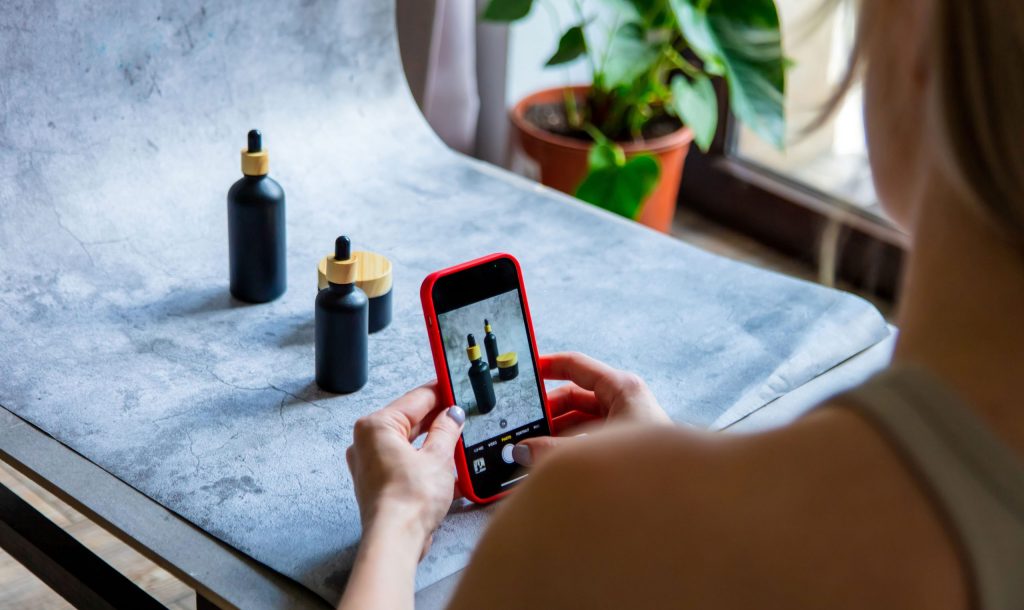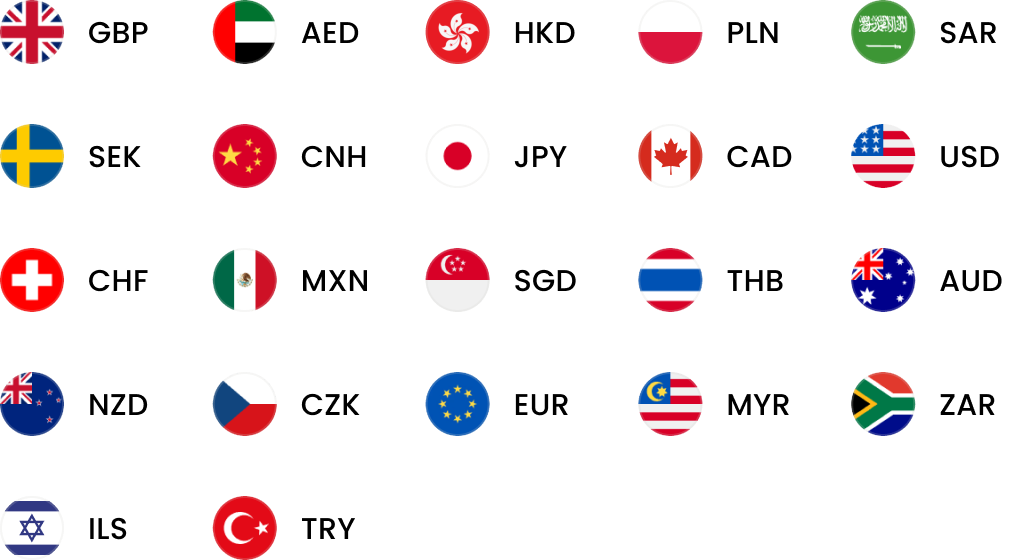How to take product photos like a pro and avoid losing sales
Product photos can make or break a sale, so we’ve put together a list of handy hacks to help give your products the treatment they deserve.

First-rate product listings are vital for e-commerce success — after all, consumers can’t examine the items you sell ‘in real life’. The very best listings include high-quality written descriptions and clear, compelling product photos. But what makes for a great product image? And how can marketplace sellers take crisp, vibrant photos at home?
Common product photography pitfalls
Product photography isn’t an intuitive skill. As a result, many novice product photographers get in a muddle and produce images that don’t make the grade. Try to avoid these five common product photography pitfalls:
- Cluttered backgrounds: Busy backgrounds make product pictures confusing. For best results, stick to a single colour — white, for example, works beautifully.
- Bad lighting: Low light leads to a grainy image. Use bright, diffuse light for glare-free illumination.
- Dirty products: Dirt and dust particles show up in close-ups and can ruin an otherwise perfect shot.
- Generic photographs: Don’t use wholesaler product photos if you can produce your own. Unique images will give you an edge in the marketplace.
- Awkward reflections: Some reflections are fine; others can be somewhat problematic. Double-check your photos before you go live.
How to take product photos
We’ve explored what not to do while taking product photos: now, let’s go through the product photography process step by step.
Step 1: Select a good camera
Great photography begins with a good camera. Most marketplace sellers go with one of two options:
- A digital camera: Some entrepreneurs take product photos with APS-C or full-frame digital cameras. In the right hands, digital cameras — including DSLR models — produce the most professional results.
- A smartphone camera: Many newer smartphones incorporate excellent cameras. If you decide to take product photos with a smartphone camera, make sure it can capture clear close-up shots and that it has a 12MP+ resolution.
A compatible tripod can help reduce camera shake and improve image quality. Other useful photography accessories include lens wipes, camera stabilisers and monopods.
Step 2: Create your DIY photography studio
If possible, create your DIY photography studio in a well-lit room. Bring in a variety of props, like chairs and coloured fabric or sheets of poster board or card to create ‘spaces’ for your subjects. Eliminate clutter to ensure that it doesn’t appear in the background of your product shots.
Step 3: Become a master of light
Large windows provide natural light, which can be a blessing or a curse to your DIY photo studio product lighting scheme. If you get the balance right, natural light can make your products shine. North and south-facing windows provide balanced illumination all day long, making them ideal light sources for photography.
Hard, directional light, on the other hand, can be tricky to work with because it can create too much contrast and eliminate detail. East and west-facing windows channel directional light at the beginning or the end of the day.
If you’re faced with harsh lighting conditions, simple accessories are your friends. Foam bounce boards and reflectors, for instance, control natural light and fill shadows. Meanwhile, diffuser sheets soften and disperse bright morning or evening sunlight.
Hot tip: Invest in a lightbox
Lightboxes are compact, easy to set up and ideal for product photography. They’re usually made of plastic, and they include built-in lights to illuminate subjects. Many commercially available lightboxes come with several coloured backgrounds.
- Open 20+ local currency accounts and get paid like a local
- Pay suppliers, partners and staff worldwide in 100+ currencies
- Collect payments for free from 130+ marketplaces and payment gateways, including Amazon, Etsy, PayPal and Shopify
- Save with competitive exchange rates on currency conversions and transfers
- Lock in exchange rates for up to 24 months for cash flow certainty
Step 4: Find the right angle
According to Insights in Marketing, 93% of consumers base purchasing decisions mainly on a product’s visual appearance. It makes sense, then, to take numerous photographs of your product from different angles.
Most product shots are captured from one of five main perspectives:
- Eye level: A straight-on view of the side, back or front of the product
- High angle: Looking down onto the product from a high angle.
- Low angle: Looking up at the product from a low angle.
- Slanted: Looking down at the side of the product from an angle.
- Bird’s eye: Looking directly down at the product from above.
Step 5: Edit to perfection
After you take product photos, you’ll need to edit them to remove dust, tweak saturation and adjust contrast — among other things. You can use a smartphone app like Snapseed, or a computer programme like Lightroom or Photoshop to edit your product images. Here’s what to do:
- Use a dust-and-scratches filter to remove any dust particles you missed before your photoshoot.
- Use a healing brush-style tool to remove blemishes or excessive fabric creasing.
- Change the brightness, contrast, sharpness, vibrancy, highlights and shadows until your photo looks as much like the product as possible.
- Save your adjustment settings as a preset and apply them to the rest of your photos.
Step 6: Optimise photos for the internet
Finally, you’ll need to optimise the images you create for the internet. In simple terms, this means making them smaller without degrading visual quality. Reduce high-resolution product images to 1200 pixels wide (or less) and save them as JPG or PNG files.
Make business payments easier with WorldFirst
When coupled with clear, compelling descriptions, great photos sell products. With a light box and a little bit of technological help, marketplace sellers can create professional-looking images that raise both brand awareness and sales revenue.
Great product photos aren’t the only way to convince online customers to click and buy your goods. The World Account allows customers overseas to pay for your products in their home currency – and from one central dashboard, you can receive funds using local baking details in up to 10 global currencies. You can also securely transfer your collected funds to pay international suppliers. Find out more about the World Account.


Multi-currency payments: How to manage business transactions across borders?
If you want to make payments in different currencies, your best option is a multi-currency account. Here’s what to know to get the best exchange rates.
Jul / 2025
How to sell online in Singapore
Want to sell online in Singapore? In this guide, we share what you need to know about e-commerce marketplaces and how to manage multiple currencies.
May / 2025
How to sell on TikTok Shop (+ tips to optimise your e-commerce sales)
Selling on TikTok Shop can be a profitable strategy for any e-commerce brand. Here we show you how to get set up and optimise your sales.
May / 2025WorldFirst articles cover strategies to mitigate risk, the latest FX insights, steps towards global expansion and key industry trends. Choose a category, product or service below to find out more.
- Almost 1,000,000 businesses have sent USD$300B around the world with WorldFirst and its partner brands since 2004
- Your money is safeguarded with leading financial institutions


































































